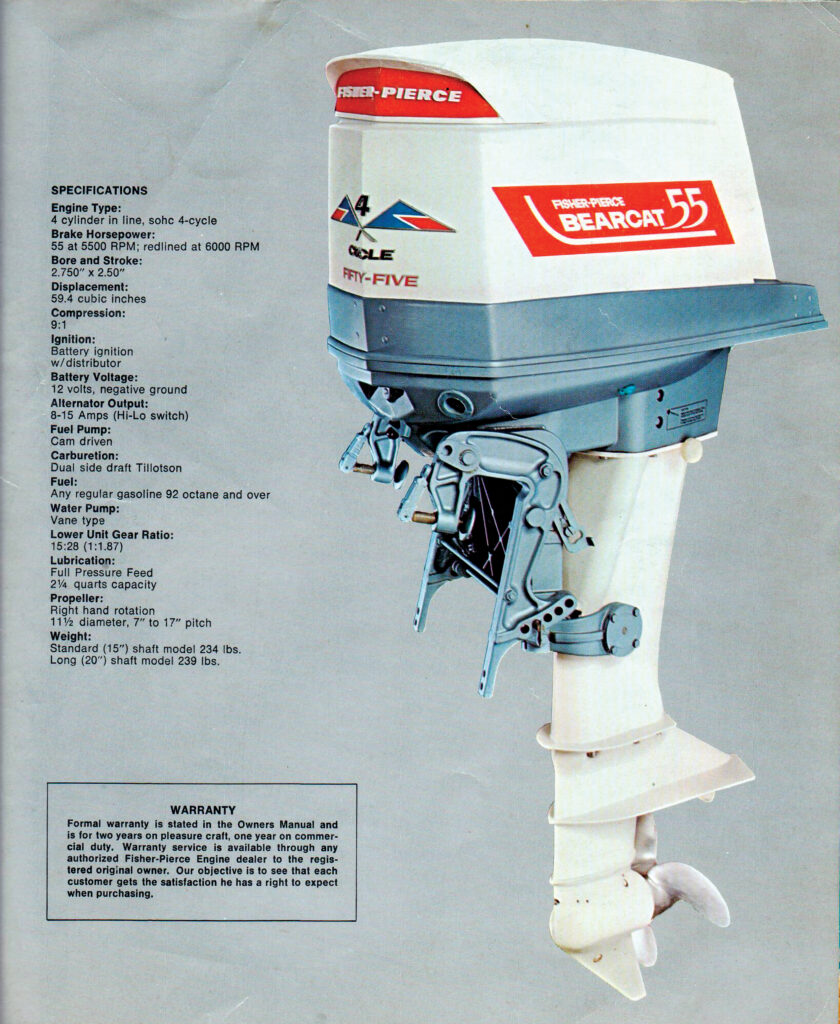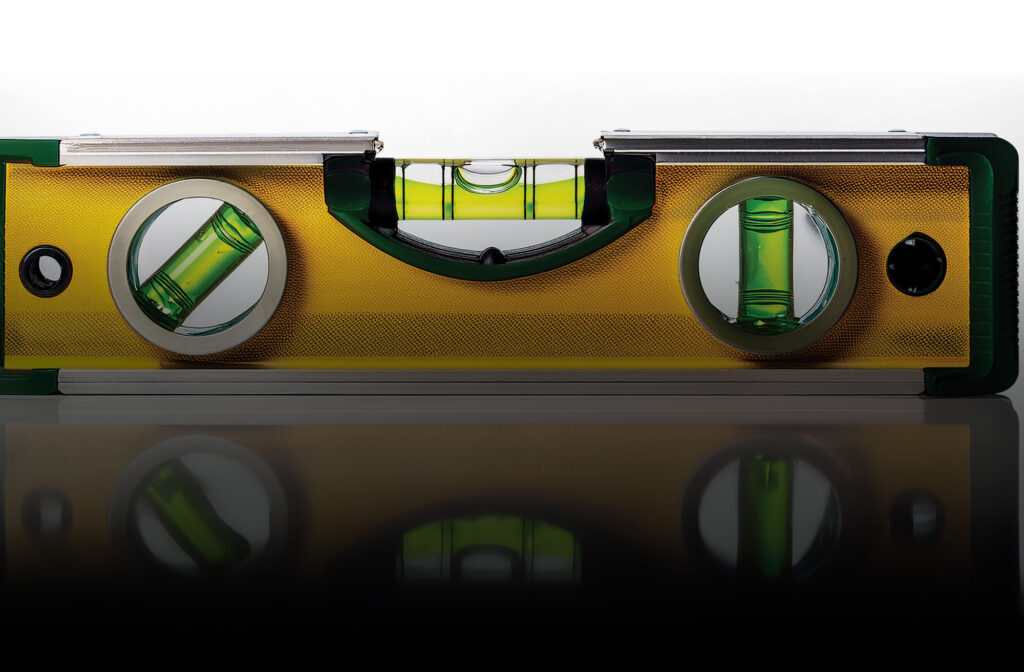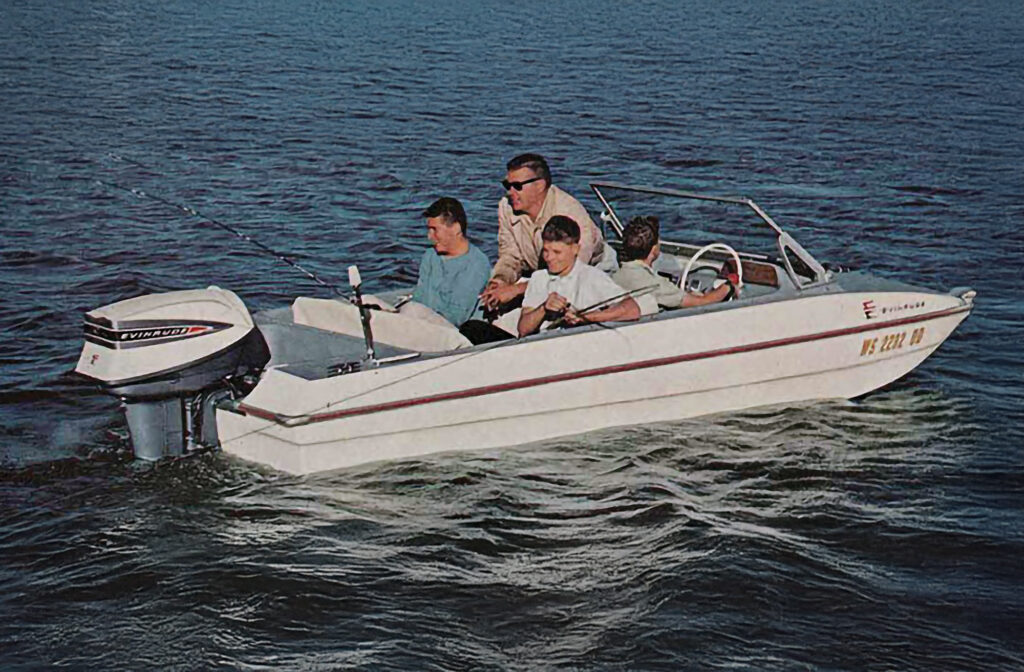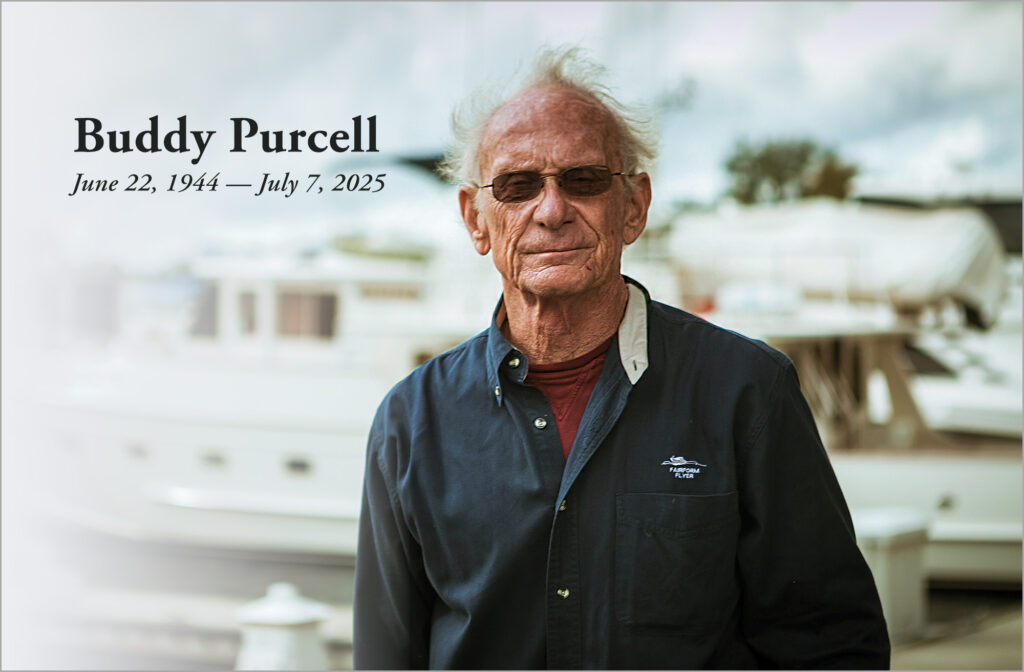Back in 1966, the wildly inventive and ever-practical tinkerers behind Boston Whaler’s unsinkable hulls took a chance on a revolutionary outboard. Dick Fisher and Bob Pierce’s four-stroke, 55-horsepower “Fisher-Pierce Bearcat” had its genesis in the early 1940s when an engineer named Lloyd Taylor sold the Navy on a small, lightweight inline four-cylinder for marine generators and pumps. By the late 1950s, speedboat racer Lou Fageol created an upright racing outboard from the block. His 35-horsepower Fageol 44 was then purchased and upgraded by Homelite into a 60-cubic-inch, 55-horsepower outboard.
Hanging a Homelite off a 16-foot Whaler, Fisher was, according to Whaler historian and longtime executive Jeff Vaughn, hugely impressed. It featured alternator charging. It idled smoothly all day long without fouling plugs or belching oily smoke. It was also essentially twice as fuel efficient as any comparable two-stroke. In 1966, Fisher and Pierce bought the rights to the motor and sought to sell something essentially unknown. “Fisher’s intent was to package and do a turnkey—the best technology boat, the best technology engine,” said Vaughn. “Both built to last, both easy to use.”

Though it was spendy at over $1,000, the problem, said Vaughn, was not so much with the Bearcat, but the dealers who would sell it, who were pretty much wedded to the Mercury and Johnson/Evinrude two-stroke ecosystem. “It had nothing to do with the technology or the concept,” said Vaughn. “It was more, you know, a business decision. ‘Can I afford to add a whole other set of parts and train technicians—and how big is the service?’ For Mercury and OMC, even back then, you could get parts the next day—before FedEx and everything else. And then, you know, it’s just like some boat dealers today—they won’t take on a particular brand because they’re afraid the brand they already have might be pulled if they do. ‘Boy, if I take this on, and Evinrude wants to whack me—I can’t lose that.’”
Despite dealer reluctance, Fisher-Pierce sold the motors into the early ‘70s to a small, but enthusiastic fan base. Whaler/Bearcat ads touted efficiency without a smelly blue cloud of smoke, yet Bearcat sales ceased in 1972.
“It’s actually a great example of how technology (or capability) and commercializing are two very different things,” Vaughn continued. “Now, if Johnson or Evinrude had come out with a four stroke back then, would the network have supported it? I’ll bet. But the Bearcat was a whole different can of worms.”
The next big four-stroke innovation wouldn’t hit the market until 22 years later when Honda unveiled its BF90 in 1994.
This article originally appeared in the June/July 2025 issue of Power & Motoryacht magazine.









